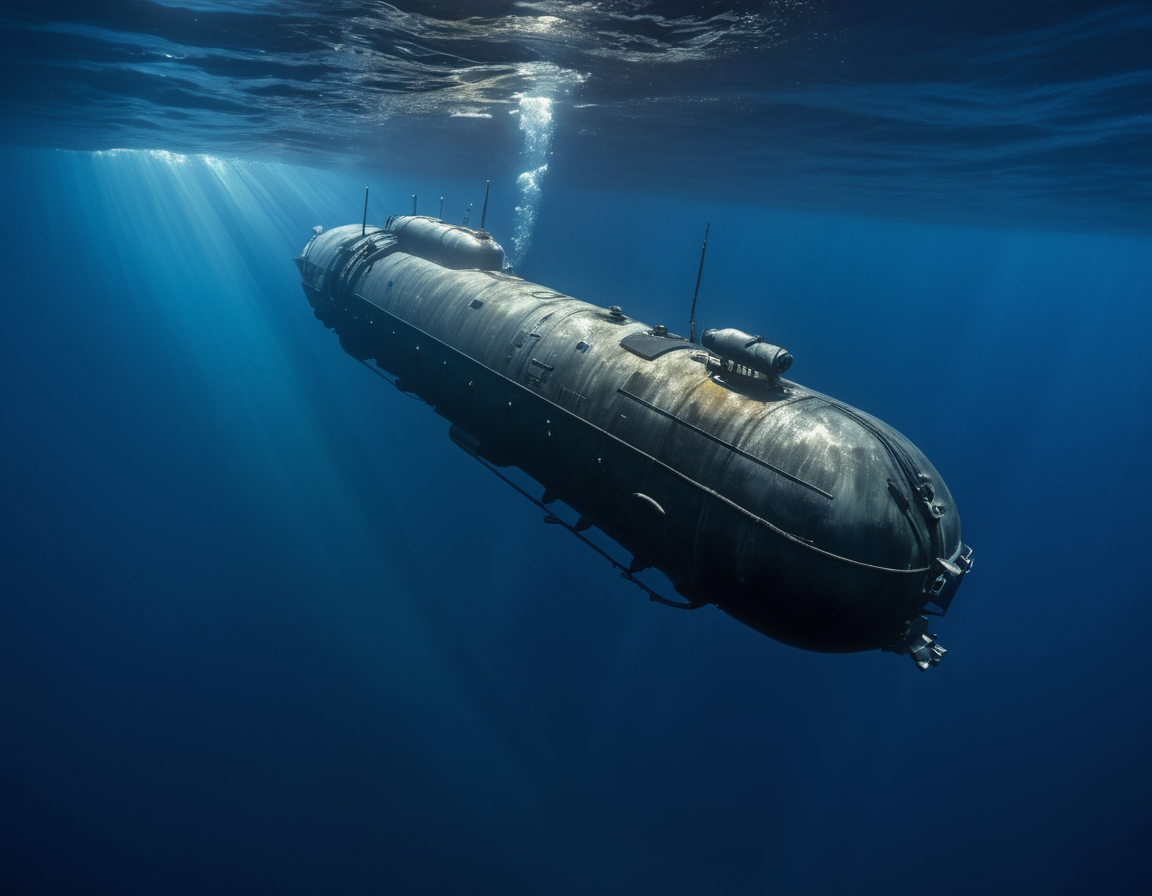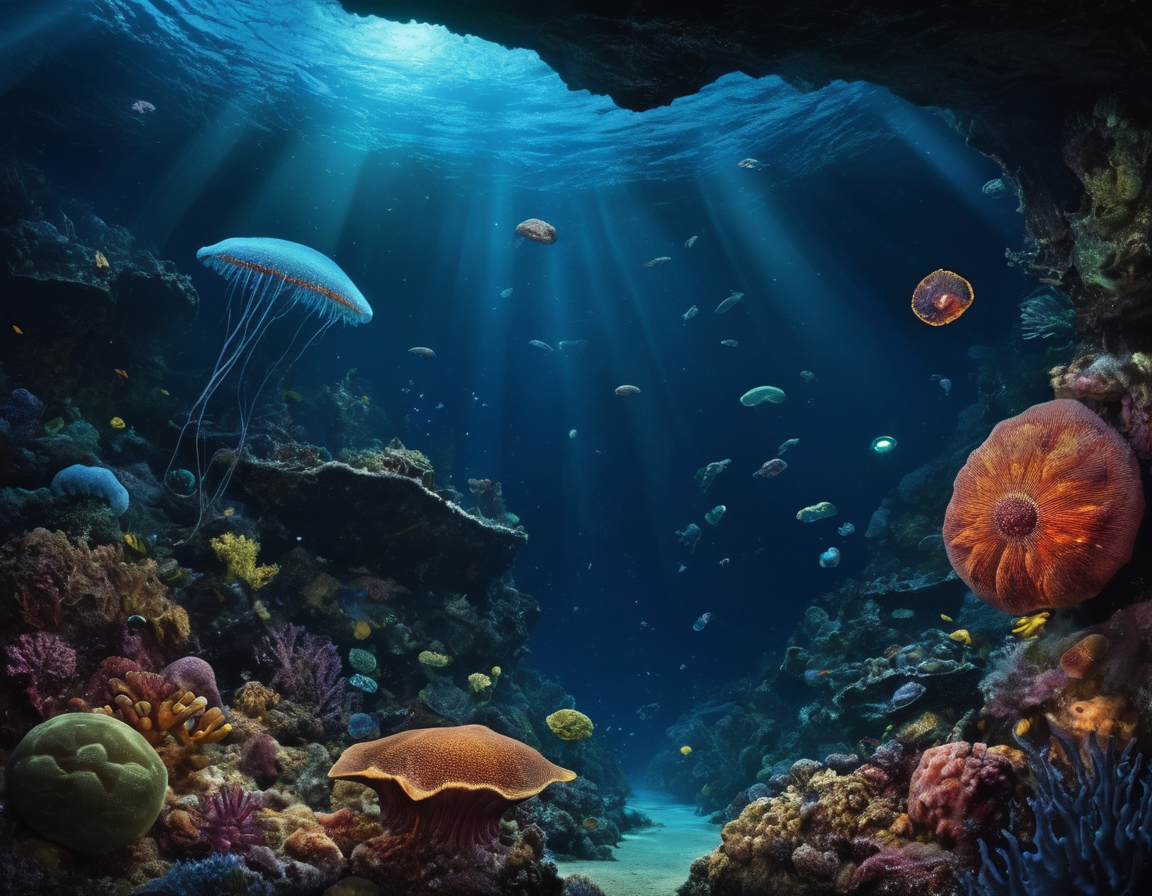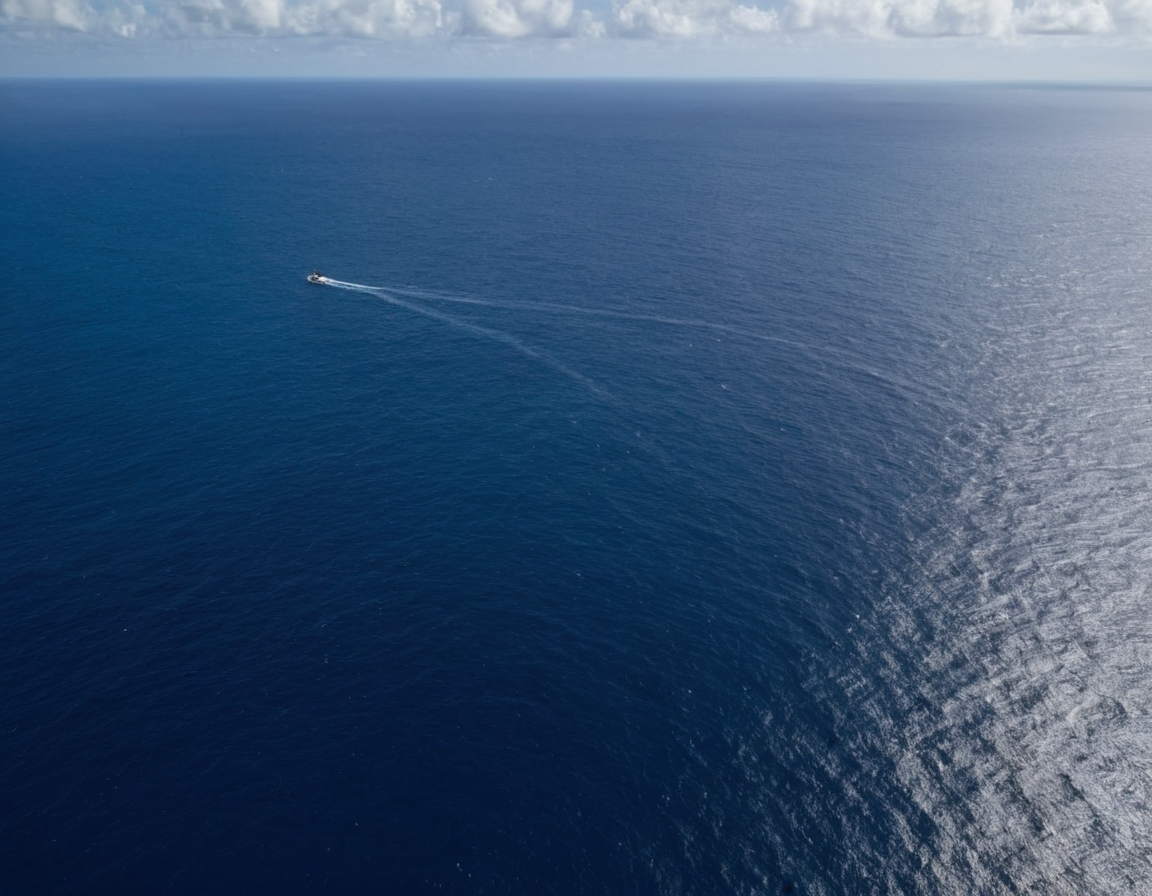Exploring the Depths: The Mesmerizing World of the Mariana Trench
Unveiling the Mysteries of the Mariana Trench
The Mariana Trench is a topic that evokes a sense of mystery and intrigue. Located in the western Pacific Ocean, this crescent-shaped scar in the Earth’s crust challenges explorers and scientists alike with its extreme conditions and unique inhabitants. As the deepest part of the world’s oceans, the Mariana Trench reaches down to over 36,000 feet, a depth that’s more than Mount Everest’s height if reversed into the abyss. Let’s dive into the history, exploration, and significance of this fascinating underwater landmark.
The Discovery and Exploration of the Trench
The Mariana Trench was first discovered in 1875 during the Challenger expedition, which laid the foundation for our current understanding of oceanography. However, it wasn’t until 1960 that humans first reached the trench’s deepest point, known as the Challenger Deep. That historic expedition was manned by Lieutenant Don Walsh and Jacques Piccard, who piloted the submersible Trieste. Decades later, film director James Cameron repeated this remarkable journey in 2012, descending solo in the Deepsea Challenger to further scientific research.

Life in Extreme Conditions
Despite the crushing pressure, freezing temperatures, and complete absence of sunlight, life thrives in the Mariana Trench. Scientists have discovered a variety of organisms uniquely adapted to these seemingly hostile conditions. From giant amoebas to snailfish and bioluminescent sea creatures, the trench is a living laboratory for studying life’s adaptability.

Understanding the Trench’s Role in Science and Environment
The Mariana Trench is not just a point of curiosity; it’s a crucial subject for scientific research. Studies conducted in this deep-sea environment help us understand seismic activity, plate tectonics, and even the possibilities of life existing elsewhere in the universe. Additionally, the trench plays a pivotal role in carbon cycling, potentially influencing climate patterns and ocean health.
Threats and the Need for Conservation
Though the Mariana Trench is remote, it’s not immune to human impact. Deep-sea mining and pollution pose significant threats to its unique ecosystem. Plastic pollution, in particular, has reached the trench’s depths, highlighting the need for global conservation efforts to protect these uncharted territories of the ocean.
Conclusion: The Call for Continued Exploration
The Mariana Trench remains a powerful symbol of the unexplored and untapped mysteries of our planet. As technology advances, we’ll likely uncover more secrets of the deep, which may hold answers to some of the most profound questions about life and our environment. The trench’s exploration represents the human spirit’s insatiable curiosity, a journey into the unknown that continues to captivate and inspire.
Ready to explore more about our planet’s exquisite and hidden locations? Dive deeper with us as we continue to unveil the wonders of the Earth. Share this post with fellow explorers and keep the spirit of discovery alive!







